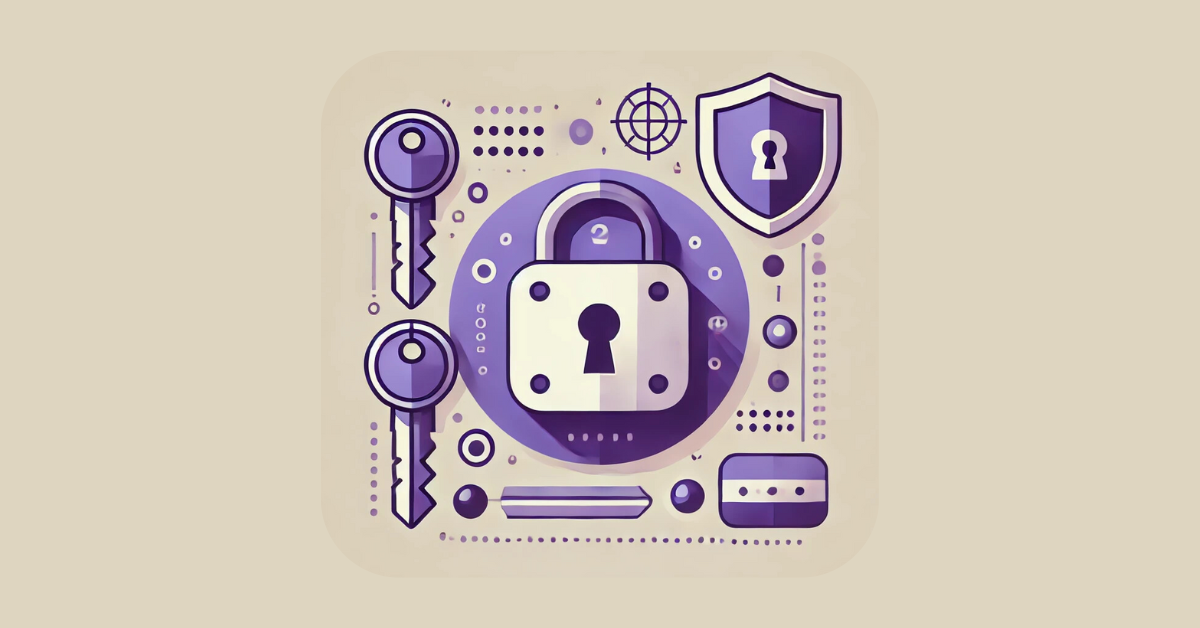Your phone or online accounts will have an additional lock thanks to two-factor authentication. Every crypto user should have this set up for extra security measures. This means you will have more than just a simple password to log in, you will have an additional code on top of your password.
Below we will outline:
Why is 2FA important
It helps in preventing hackers from accessing your money and personal information.
It can protect your accounts from unauthorised access.
It helps in identity theft prevention and identity protection.
Even if someone else knows your password, it guarantees that only you have access to your accounts.
It’s a quick and easy approach to safeguard your online accounts and defend against online threats and scammers.
Types of 2FA to use
You can utilise a variety of well-known two-factor authentication (2FA) programmes to protect your online accounts. The best examples include:
Google Authenticator: is an app that creates time-based one-time passcodes (TOTP) that may be used for two-factor authentication. It’s accessible on both iOS and Android.
Authy: This app may be used for 2FA across many devices and also generates TOTP codes. In case your phone is lost, it also provides cloud-based backups so you can restore your account. It’s accessible on both iOS and Android.
Microsoft Authenticator: This programme creates TOTP codes and may be used for 2FA on multiple accounts, much to Google Authenticator. It’s accessible on both iOS and Android.
You can pick the option that best suits your needs and is more convenient for you.
Pro–tips to keep in mind
1. Keep 2FA codes safe and store them securely
Once two-factor authentication (2FA) has been setup, it is important that you safeguard your 2FA codes. Your codes should always remain private, and you should save them in a safe place like a password manager.
2. Use a secure device for 2FA
It’s ideal to use a safe device for 2FA, like a smartphone. Keep away from using shared computers or other devices that could be hacked.
3. Use different 2FA methods for different accounts
Using a different 2FA method for each account is a good idea. For instance, you may use a text message for one account and an authenticator app for another.
4. Keep contact information up to date
Make sure your contact information is up to current so you can receive important notifications, such as requests for password resets or shady login attempts.
5. Use a backup method
In case you lose access to your primary 2FA method, it’s a good idea to set up a backup 2FA method, such as a printed list of backup codes or a backup authenticator app.
6. Watch out for phishing attempts
Phishing attacks are when scammers attempt to trick you into providing your 2FA codes. Always double-check the website’s URL before continuing, and be careful of unexpected notifications that request your 2FA codes.
7. Keep software and apps updated
Make sure you have the most recent security features and updates, keep your software and apps, including your 2FA apps, updated.
8. Review activity logs regularly.
Check your activity logs frequently to look for any suspicious activities or login attempts. Change your password right away and alert the service provider if you see anything weird.

